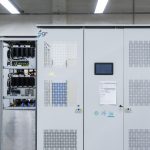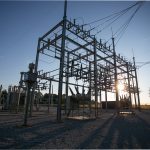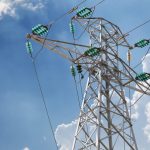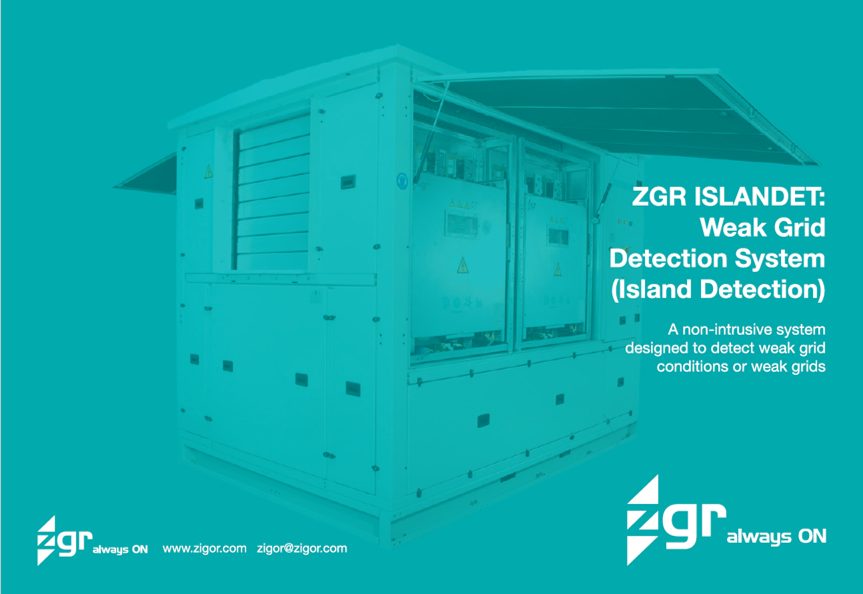What is agrovoltaic solar energy?
Agrovoltaic solar energy consists of obtaining clean energy by installing photovoltaic solar panels on agricultural surfaces, allowing the land to be used efficiently, both for energy generation and for agricultural and/or livestock production.
This model of activity consists of the installation of photovoltaic panels on structures several metres above the ground, allowing access to agricultural machinery on the ground.
This installation can be designed dynamically, so that the panels can be adjusted with the passing of the seasons or moved along with the cultivation of the different plots.
Similarly, a tracking system can be introduced to orientate the panels, maximising their efficiency and preventing them from always casting shade on the same place or, on the contrary, placing them in areas that need shade to protect crops by lowering their temperature and reducing evaporation, thus avoiding an excessive water footprint, or protecting the land from torrential rains or hailstorms.
Thus, the design and planning of a PV field in cultivated areas requires careful consideration to ensure that the panels do not block the sunlight needed by the crops and do not adversely affect irrigation systems or access for agricultural machinery. In parallel, a careful selection of crops that are compatible with the existence of solar panels is necessary.
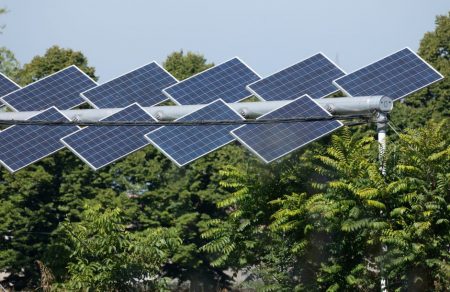
Advantages of agrovoltaic solar energy for the development of renewable energies
Agrovoltaics solar energy generates an efficient use of the land, as it uses the same space for energy production and agricultural cultivation, which is beneficial in productive and economic terms.
It also reduces the carbon footprint by reducing the consumption of fossil fuels to generate energy for irrigation pumps, greenhouse and plantation lighting and others, thanks to photovoltaic self-consumption, without depending on other energy sources.
Agrovoltaics technologies impulse the development of smart villages, promotes Smart Farming and enable higher production yields through the use of artificial intelligence and Big Data. They represent a complementary source of income for farmers, who can also sell surplus energy to the grid.
The dual use of land for agricultural and energy production increases the economic value of agrovoltaics farms by more than 30%, as it leads to an improvement in the efficiency and yield of the land. According to data from the Fraunhofer Institute, the combined use of land for agricultural and energy production increases efficiency by up to 186%.
In order to get an idea of the benefits and potential of this practice, it is worth highlighting a study published by Nature, which highlights that:
“If 1 % of available worked land was used for the combined production of solar energy, the world’s energy demand (28 PWh) could be offset.
Finally, from an energy transition point of view, agrovoltaics decentralises power generation, which improves the resilience of the electricity system and distributed power generation.
Applications and uses of agrovoltaic solar energy
There is the use of solar panels as photovoltaic greenhouses. This is the installation of solar panels on the surface of the greenhouses, functioning both as a sunshade to maintain the necessary humidity and temperature conditions, and as a self-regulator of the microclimate produced inside the greenhouses by providing the energy necessary for their maintenance.
On land that cannot be cultivated, either due to landscape type or environmental conditions, it can be used as grazing land for livestock, since, as with crops, the PV installations would produce shade and protect the soil from the weather.
Another less common but highly profitable practice is the triple use of land in coastal areas. The aim is to produce electricity, fresh water and crops: electricity generated by solar panels is used to power a desalination plant that produces clean water for crops, which can also be used for human consumption.
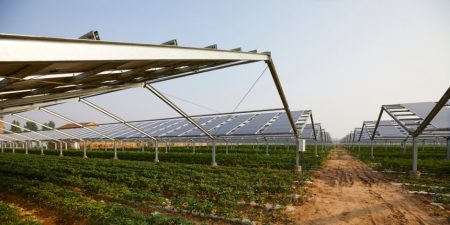
ZGR solar inverters for agrovoltaic solar power generation
ZGR’s extensive experience as a manufacturer of solar inverters enables us to develop equipment specially prepared for the generation of agrovoltaics solar energy. In our range of inverters, there are three models especially suitable for this type of solar power plants:
- ZGR STR 250: It is an inverter that offers very good solutions for agrovoltaic PV plants. It offers a very high energy yield (over 98%) and is ideal for medium to large infrastructures.
- ZGR STR 120 and 200: These are easy to use inverters designed to meet the needs of all grid-connected solar generation plants. Like the STR 250 and the rest of the ZGR inverter range, they have a monitoring and control system that maximizes efficiency and facilitates inverter management.
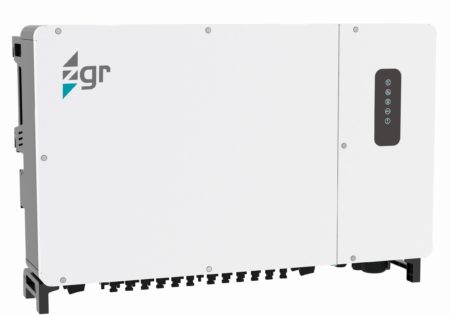
In addition, the importance of a good transformer must also be taken into account:
- ZGR SOLAR STS 2500 / 3500/ 5000. STRING STATION: A plug and play solution in Skid, fully equipped with inverters optionally connected to a transformer station and MV switchgear, plus ancillary services and communications for use in PV installations.
It is a turnkey solution that increases the overall efficiency of a conversion system and reduces installation costs. All the electronic equipment that make up the system is adapted to the technical needs required by the installation. In addition, the equipment can be combined to achieve maximum performance, efficiency and uninterrupted operation throughout its useful life.
Your energy, our challenge
Agrovoltaics Solar PV represents a valuable opportunity to achieve a symbiosis between agriculture and clean energy generation. With the right approach that maximizes its efficiency and respects the agricultural environment, agrovoltaics can make a significant contribution towards a more sustainable and resilient future.
At ZGR Corporación we are experts in developing reliable, robust and productive solutions for the integrated management of electrical energy, maximising its value for our clients. We explore new solutions that solve the need to improve efficiency to address the energy challenge and meet the new demands of an increasingly electric future.
If you have a project with agrovoltaic potential, do not hesitate to contact us and our team of experts will propose the most appropriate solution with the best guarantees of efficiency and experience. At ZGR Corporación, your energy is our challenge.

